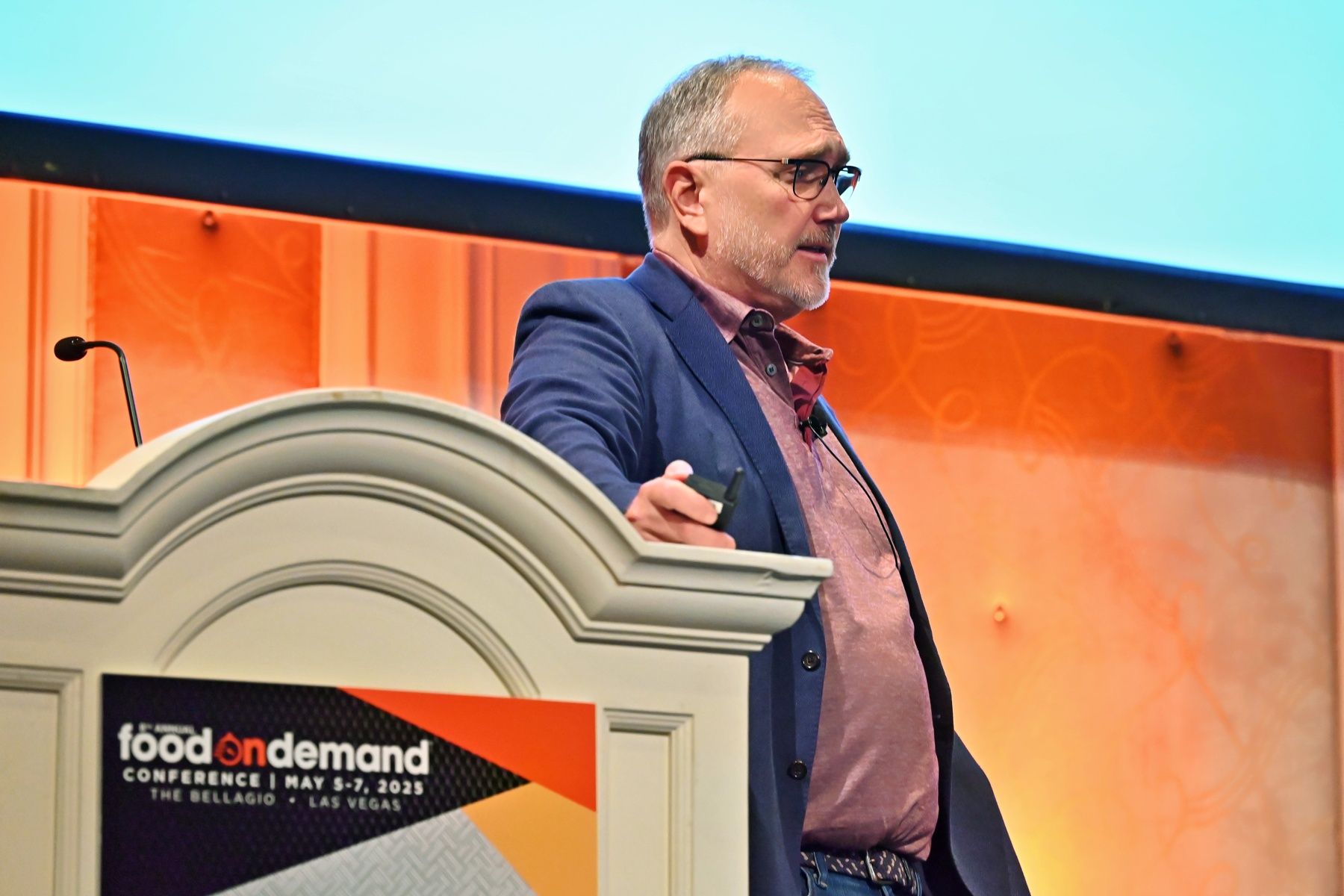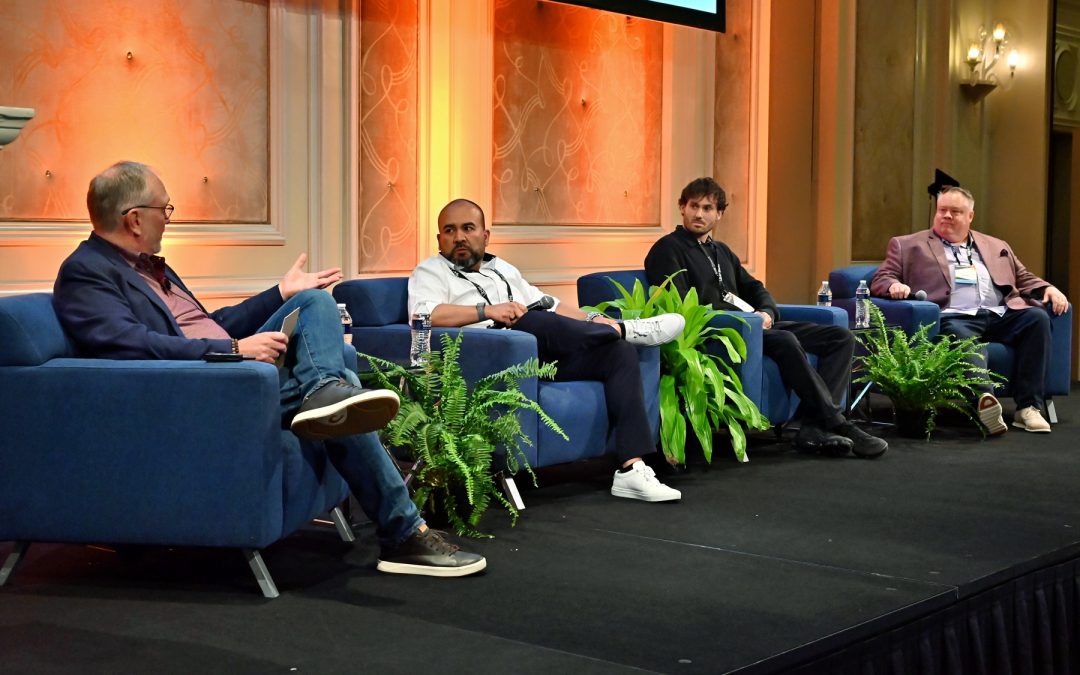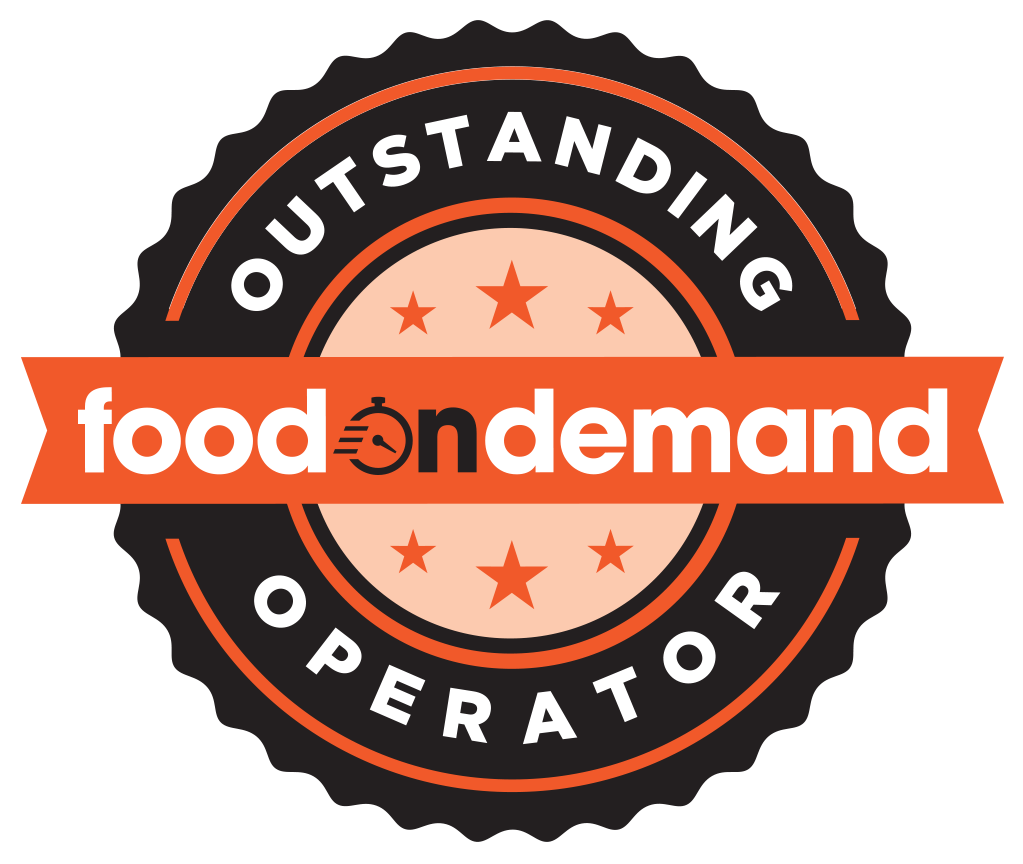Restaurant operators can be scared to raise prices. Sure, it can make up for labor costs and inflation, but how will it impact consumer trends in the long term?
To keep customers loyal to a brand, operators might go longer than they should without increasing menu prices. But Alonso Castaneda, chief concept officer of Savory Restaurant Fund, said that could come back to bite you.
“What we’ve seen happen is sometimes brands go too long without increasing price, and then all of a sudden they get to this point where they have to increase price,” Castaneda said. “After they go and do the work to see what the price increase needs to be, it’s now a big jump and that’s going to be a bigger impact.”
Customers probably won’t notice (or care) if their favorite lunch costs 10 cents more. If a restaurant raised prices by 10 cents a few times a year, they’re likely not going to lose traffic. But if they tack on $1 to an entrée all at once, that could be off-putting.

Michael Lukianoff, CEO Signal Flare AI
Related: Value Pricing Isn’t Going Anywhere. Thanks, $18 Big Mac.
Castaneda joined a panel including Bryan Batson, the senior vice president of finance, accounting and procurement at Lou Malnati’s; and Robbie Earl, the president and co-founder of Virtual Dining Concepts.
Moderator Michael Lukianoff of Signal Flare AI said “value” doesn’t refer to the $5-and-under list on the side of your menu, but instead points to what customers deem worth it.
“Really, consumers are assessing the value of the total experience: how much they’re paying for it and what that experience is delivering, whether it’s on-premises or off-premises, or through the drive-thru,” Lukianoff said. “They’re making an assessment as to whether or not what they’ve been charged is a fair price for what they receive.”
“Even if everybody was shopping strictly on price, not price value, then you can see everybody gravitating toward the least expensive QSR,” he said. “But we know that’s not the case.”
Robbie Earl noted that data is key to optimizing pricing decisions. His company acquired a pricing analytics platform, Linked Eats, to power decisions across both traditional and virtual restaurant clients.
“The restaurant position is, we need to make our margin here, so we need to take it up a little bit,” Earl said. “And the DSPs [delivery service providers] position is, it needs to be at parity with your core menu. So most arguments end somewhere in the middle. That’s where using data becomes crucial—we can now see conversion, retention, and find a happy medium.”
Earl said pricing on third-party delivery platforms tends to be less sensitive than in-store. Customers might be more price-flexible if they see a discount, even if base prices are slightly higher.
“So, it’s about finding that balance between where we price and where we discount. We might test a subset of 100 stores to find the optimal balance across daypart, across items, and then set that in stone,” Earl said. “Every market’s a little bit different. We had a client who wanted to price higher in New York than Boston, but Boston ended up being able to take more price—they were less sensitive to it.”
Related: Value and Consistency Will Be Critical in 2025 With Potential Challenges in Store
Batson said Lou Malnati’s adjusts prices based on geography.
The Chicago-based brand charges higher prices the closer a location is to downtown Chicago. As it expands in the suburbs, menu prices are lower.
“It’s an assumption that the suburbs don’t have that same ability, or won’t have that same value concept,” Batson said.
The pizza chain is in the midst of some studies to determine if it’s on the right track for pricing.
“Without seeing it yet, I can guarantee there’s a couple suburbs outside of Chicagoland that will probably take just as well as prices downtown,” he said. “And we might find we’ve got a couple other locations that our price point is high. So then the discussion will be, what’s the overall gain for our portfolio?”
The annual Food On Demand Conference wrapped up May 7 at the Bellagio in Las Vegas.


